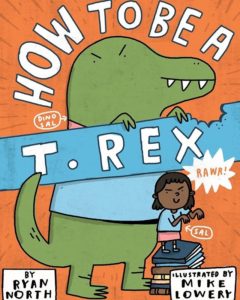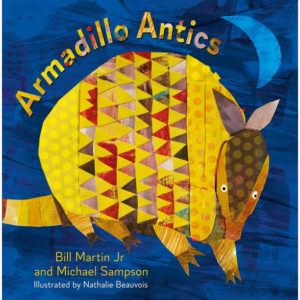Two Wheels Good: The History and Mystery of the Bicycle by Jody Rosen
I consider myself fortunate to have grown up in one of the last generations of people whose childhood was spent off-screen and, for me, mostly outdoors and often riding a bicycle. I recall being quite young and riding all over whatever neighborhood or town we lived in at the time. From that young age through my mid-teen years, not only was riding a bicycle fun, but it was a means of transportation, and, though I didn’t realize it at the time, it symbolized independence. Specifically, freedom from my folks! I don’t mention this to harken back to the so-called good ol’ days, but to say that spending so much time on two wheels certainly was a good time. And one that I’d like to make more time for in adulthood. Which is exactly why I picked up Jody Rosen’s Two Wheels Good: The History and Mystery of the Bicycle. Somehow, making time to read about bicycles seems easier than making time to ride them (which, as Rosen points out, is a privilege in and of itself).
Rosen’s approach is nonlinear. In his prologue, he opens with the “eye-popping” art nouveau bicycle ads of the 1890s, which depict bicycles among the stars, and goes on to discuss the ideas of bicycles in popular culture, which, as it turns out, haven’t changed much. For generations, we’ve fantasized that bicycles are “otherworldly” and could take us to the moon, from the ads of the 1890s to popular mid-century stories, from that famous scene in E.T. to the heights of BMX biking, and beyond. Rosen writes that these fantasies “bespeak a primal desire to cast off the bonds of gravity, to speed away from Earth itself.” When riding, he says, “You’re in another world, an intermediary zone, gliding somewhere between terra firma and the huge horizonless sky.”
Although Rosen does, in fact, tell us of the history and development of the bicycle itself, it’s his cultural and political commentary, memoir, and travel writing that appeals to me most. He reminds us of the controversies surrounding early cycling, particularly for women, and of how bicycles were initially meant for the wealthy, but also details how they can become “equalizers” of opportunity. He discusses what goes into building a bicycle, including the laborers who mine for the raw materials (e.g. magnesium, zinc, titanium, etc.) and the workers who harvest rubber, as well as “the exploitation of child bike factory workers.” He links decades of activism, including the Occupy Wall Street and Black Lives Matter movements, to bicycles and cycling. He tells us of how bikes were militarized, with the armed forces of every major European nation having bike battalions by the 1880s!
Two Wheels Good contains so much information I fear that my review is somewhat like the book itself; that is, nonlinear.
Rosen describes how, in the United States in the 1950s and 60s, bikes were likened to horses when marketed, such as with the Gene Autry Western Bike (which featured a rhinestone studded frame), Bronco, Hopalong Cassidy, and the Juvenile Ranger models. Perhaps thought to be a leftover from the horse-bike rivalry days (which was a hoot to read about). Rosen writes about the “bicycle window” at St. Giles’ Church in Buckinghamshire, England, and even includes a chapter on his personal history with bicycles. Worth mentioning, too, is the “Graveyards” chapter, as, in it, he tells of (unexpected) underwater bicycle graveyards. Readers also learn of stunt and trick riding, which is a whole world in and of itself.
As for the history of the development of the bicycle, I’ll leave you to it other than to share with you the many words used throughout hundreds of years to describe bicycles: the Devil’s Chariot, velocipede, hobby-horse, pedestrian curricle, swiftwalker, accelerator, perambulator, dandy hobby, dandy horse, dandy charger, walking accelerator, pedestrian carriage, and, one of my favorites, the Laufmaschine (which is German for running machine).
Although I’m not so delusional as to think of my younger years as the “good ol’ days” of free-range bike riding, I am so delusional as to think that I’ll get back to using my bike (rather than my vehicle) as a mode of local transportation. Inspired by Rosen’s artful descriptions of bikes (as machines, as artwork), mine now hangs by my front door. Sure, I may pass it up more often than I pick it up, but I aspire to change that and I’m doing my best. In the meantime, I’m thankful to be among those who have the privilege of making that decision.
Two Wheels Good is, indeed, good. I recommend it to anyone interested in learning more about the incredibly interesting and diverse history and mystery of the bicycle, as well as the world’s reactions to it.
As always, happy reading, or, in this case, happy riding.



